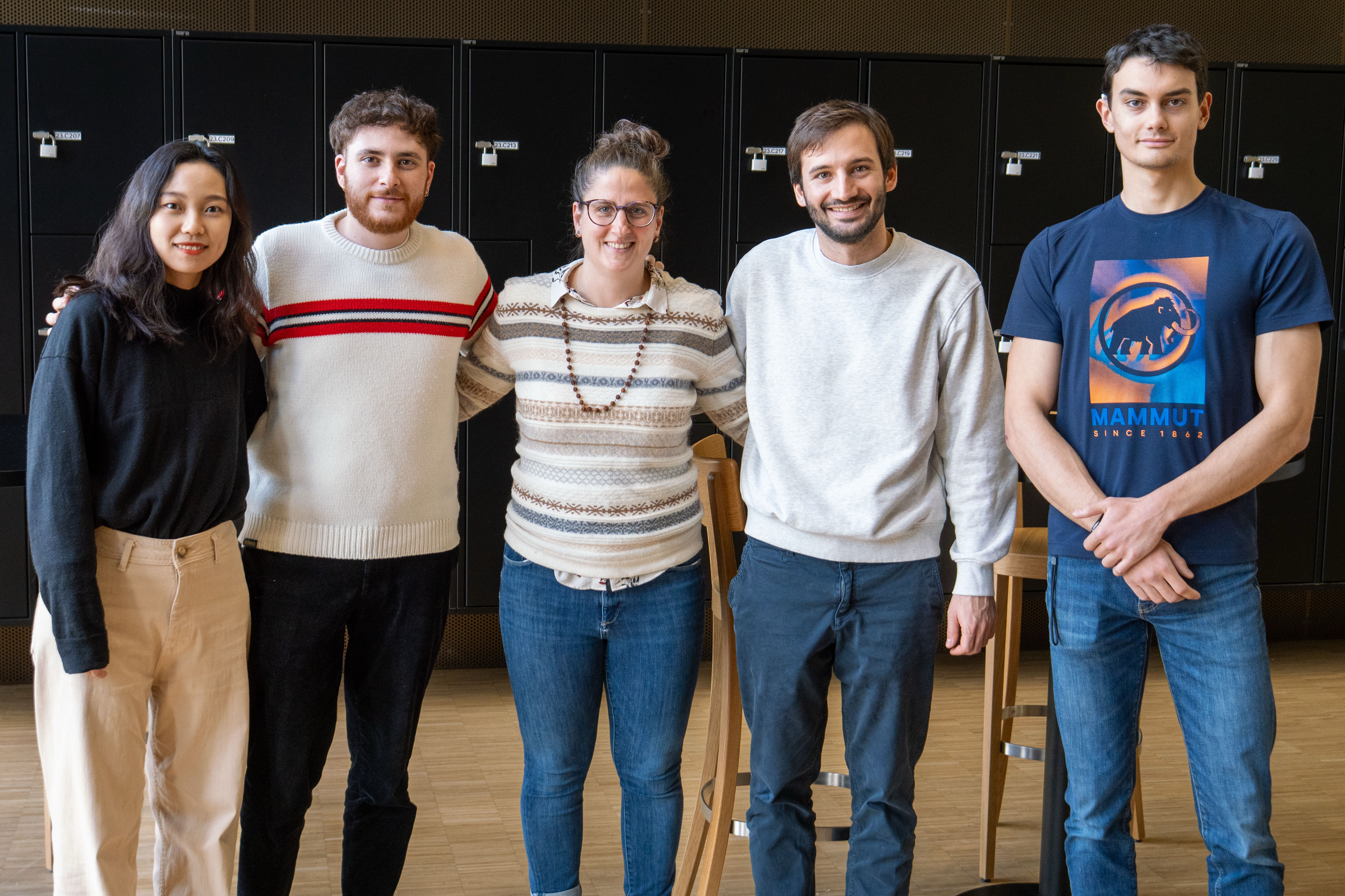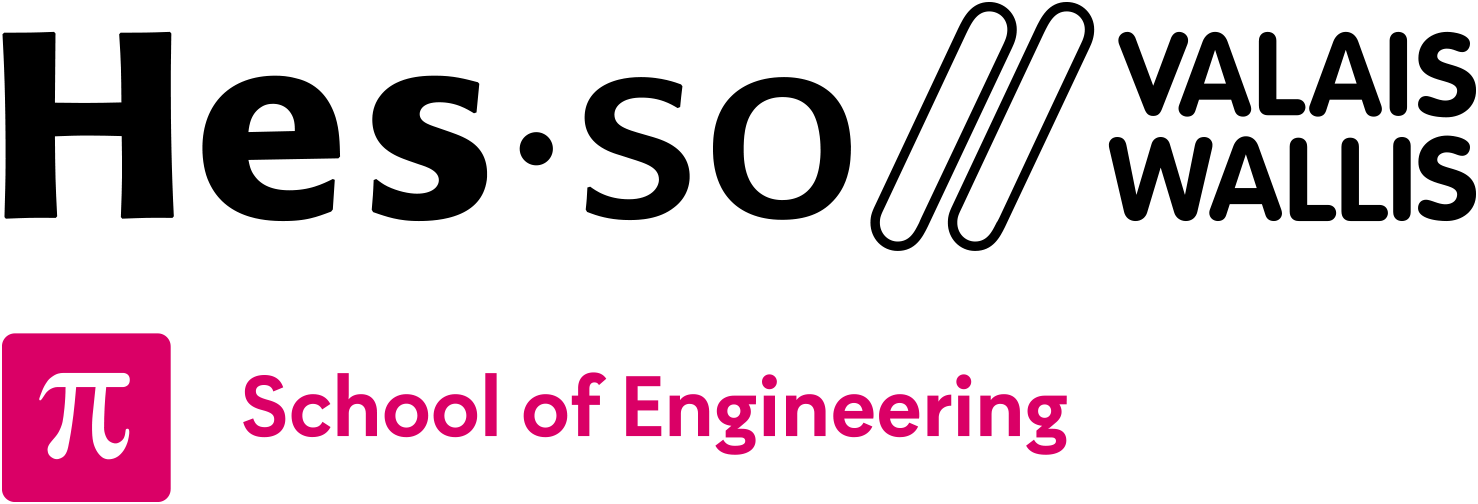Acknowledgment and Authors¶
Monalisa toolkit is the result of a collective effort involving contributions and supports from several talented individuals and organizations.
If you like it, please cite us! Here's how:
Reference the Repository and SOPs¶
We also would like to ask that the use of our work includes a reference to the repository and any available Standard Operating Procedures (SOPs).
Contact for Significant Advancements or Commercial Use¶
For significant advancements or commercial purposes, please contact the partner institutions (HES-SO and CHUV-UNIL) through the reference people.
We welcome all contributions, questions, and feedback! If you’re interested in contributing to this project or have any inquiries, please don’t hesitate to reach out to us. You can contact us via email at: MatTech Email
The contributors behind Monalisa¶
Mauro Leidi: the architect of order. He designed the documentation structure and contributed extensively to example tutorials, benchmark tests, along with key component code contributions.
Bastien Milani: the brain of the project. He wrote the core codes and documentation for the toolkit. With this work, he significantly advanced the state of the art in Magnetic Resonance Imaging reconstruction through a sound mathematical reformulation - and implementation - of the functions.
Yiwei Jia: “let-me-code-that-for-you” (LMCTFY). Besides writing documentation and participating in code review and maintenance, she developed key examples and tutorials, empowering users and testers.
Jaime Barranco: one “git-savant” to rule them all. He developed documentation and actively participated in code and data maintenance, ensuring the toolkit's long-term usability.
Dominik Helbing: tour guide of the codes. He authored the documentation, implemented part of the user interface (UI) components, and contributed to commenting on codes for clarity of the toolkit.
Jean-Baptiste Ledoux: renowned MRI tamer. He participated in the documentation for “Acquisition Guidelines for Prescans”: don't be fooled, with him very complex scanning procedures look trivial - but they are not.
Benedetta Franceschiello: injected lymphatic fluid to the system. Lab leader and Principal Investigator (PI), she mentored the team, proposed novel applications and benchmark tests, coordinated meetings, ensured legal and financial support, and dedicated countless hours to ensuring the success of this project.
Acknowledgements¶
This work was supported by the following institutions and organizations:
Swiss National Science Foundation (SNSF) for funding support (Grants: #220433 #229214, PI: Prof. Franceschiello).
Swiss National Science Foundation (SNSF) for funding support (Grant: #320030B_201292).
School of Engineering of the HES-SO Valais-Wallis for hosting and supporting our research efforts (Grant: #129816/IA-RECHERCHE23-19, co-PI:Prof Franceschiello).
The Sense Innovation and Research Center for fostering a highly interdisciplinary and collaborative environment for its members (Grant: KiCk fMRI, PI: Prof. Franceschiello with Dr. Juliane Schneider).
CHUV (Centre Hospitalier Universitaire Vaudois) and UNIL (university of Lausanne) for their support and collaboration.
We sincerely thank all contributors and organizations whose support has made this project possible.


